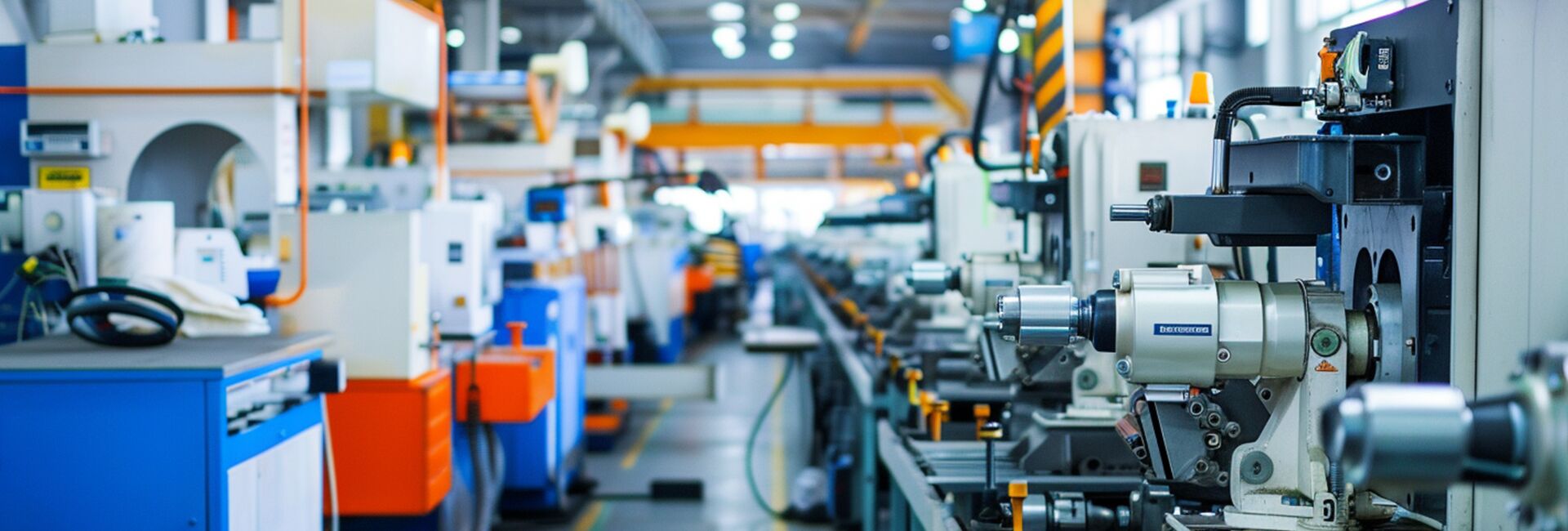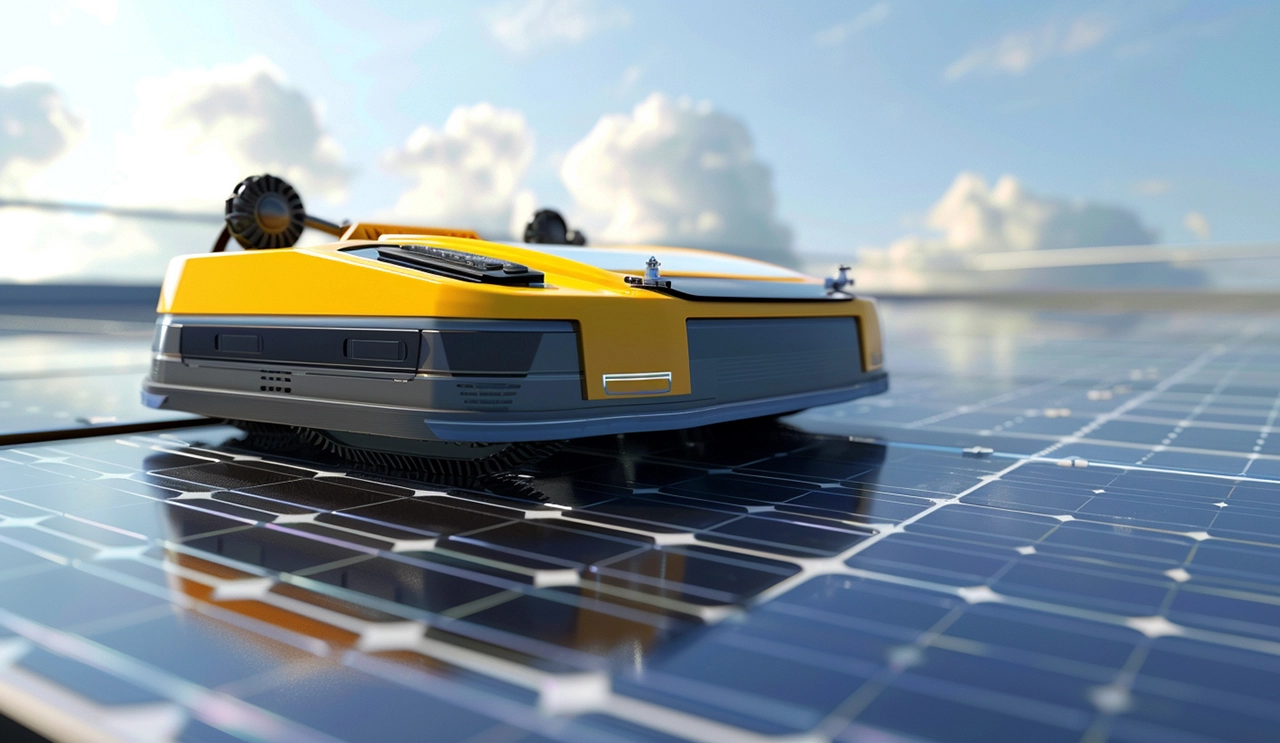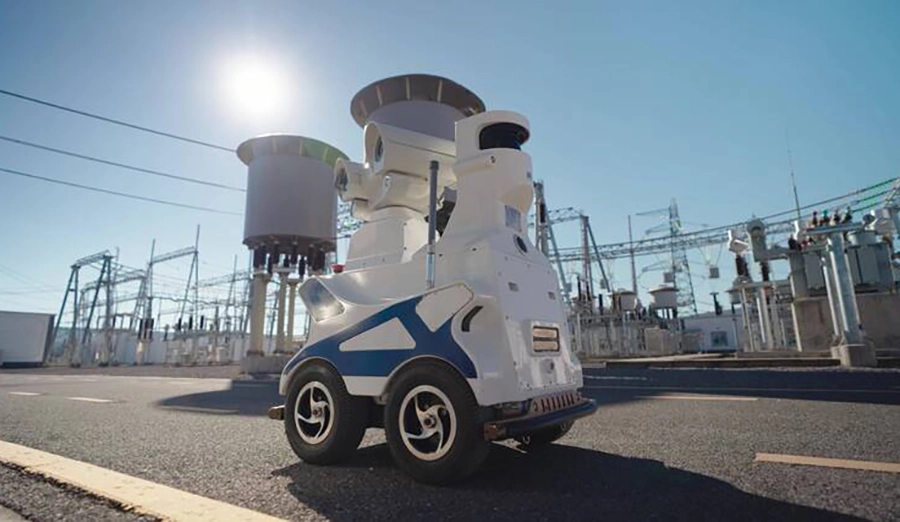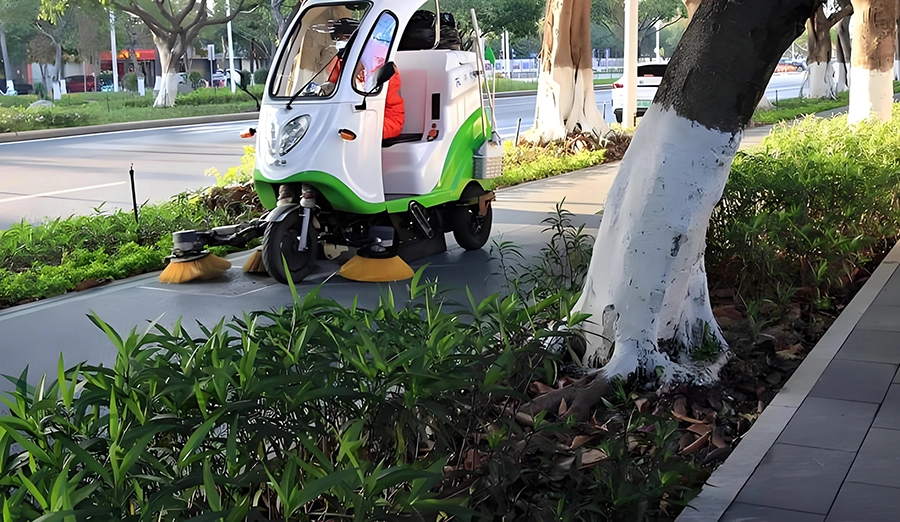
WIRELESS CHARGING IN THE NEWS
Imagine that robots in factories can charge automatically without plugging or unplugging wires, medical equipment can replenish energy remotely in a sterile environment, and even equipment on heavy industrial production lines can get rid of the entanglement of cables... These sci-fi scenes are gradually becoming a reality through wireless charging technology. The core of achieving this kind of "transmitting electricity across the air" lies precisely in the ingenious combination of the two major physical principles of electromagnetic induction and magnetic resonance.
I. Electromagnetic Induction: The "Starting Point" of Wireless Charging
The most fundamental technology of wireless charging originates from the law of electromagnetic induction. Simply put, when current passes through the coil at the transmitting end, an alternating magnetic field is formed around it. Once the coil at the receiving end enters this magnetic field range, an induced current will be generated due to the change in the magnetic field, thereby transmitting electrical energy to the equipment. This is similar to the working principle of a transformer, except that the primary coil (transmitting end) and the secondary coil (receiving end) are placed separately.
However, traditional electromagnetic induction technology has obvious limitations: short transmission distance (usually only a few millimeters) and strict position requirements (coils must be aligned). If the device is slightly offset, the charging efficiency will drop significantly. Therefore, it is more suitable for short-range charging of low-power devices such as mobile phones and watches, but it is difficult to meet the demands for flexibility and distance in industrial scenarios.
Ii. Magnetic Resonance: An "Advanced Technique" to Break Through Distance
To address the shortcomings of electromagnetic induction, scientists have introduced magnetic resonance technology. The core of it lies in making the coils at the transmitting end and the receiving end vibrate at the same frequency to form "resonant coupling". Just as two tuning forks resonate at the same frequency, when the electromagnetic field frequencies of the two match, the energy transmission efficiency will be significantly improved, and it allows for a longer transmission distance (up to several meters).
The breakthrough of magnetic resonance lies in "selective focusing". Unlike the magnetic field diffusion of electromagnetic induction, resonance technology can concentrate energy and transfer it to a specific receiver through frequency matching, reducing energy loss. In addition, it can penetrate non-magnetic materials such as metals and plastics, making it suitable for applications in complex industrial environments. For instance, in factories, automatic handling robots (AGVs) only need to pass through the charging area and can quickly recharge without precise alignment.
Iii. Technological Upgrading in Industrial Scenarios
In the industrial field, the advantages of wireless charging have been further magnified:
1. Safety: Contactless charging avoids the risk of electric sparks and is suitable for flammable and explosive environments.
2. Durability: Reduce the wear and tear of physical interfaces and lower maintenance costs.
3. Intelligence: By integrating sensors and the Internet of Things, the device can independently determine the charging timing and achieve "seamless energy replenishment".
At present, magnetic resonance technology has been applied in fields such as logistics and warehousing, automotive manufacturing, and medical equipment. For example, a certain automotive factory in Germany uses magnetic resonance systems to power mobile mechanical arms, enabling them to operate continuously for 24 hours. In the operating room, the wirelessly powered endoscope avoids cable interference and enhances operational safety.
The Future: The "Infinite Possibilities" of Wireless Charging
With the advancement of materials science and chip technology, wireless charging is moving towards higher power and longer distances. For instance, tests such as wireless fast charging for megawatt-level electric trucks and cable-free power supply for underwater equipment are already underway. It can be foreseen that when electromagnetic induction and magnetic resonance technology are deeply integrated, "power transmission over air" will completely transform the energy supply mode in industrial production, enabling equipment to truly break away from the "wire system" and move towards a new era of freedom and efficiency.
Wireless charging is not only a technological innovation, but also a revolution in thinking about energy transmission. From electromagnetic induction to magnetic resonance, humanity is writing the "wireless future" with the laws of physics.







